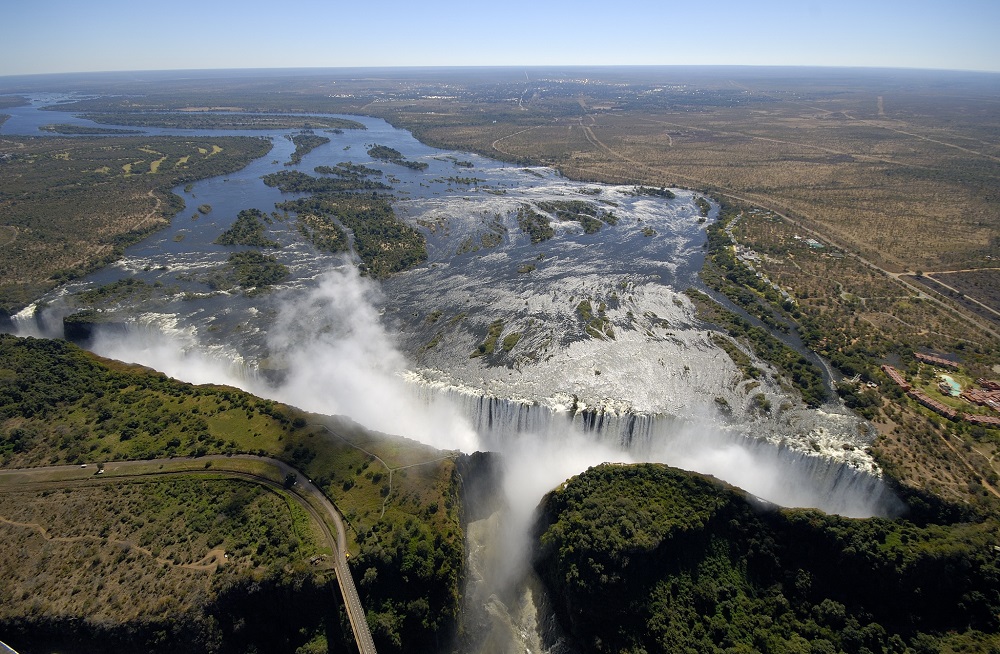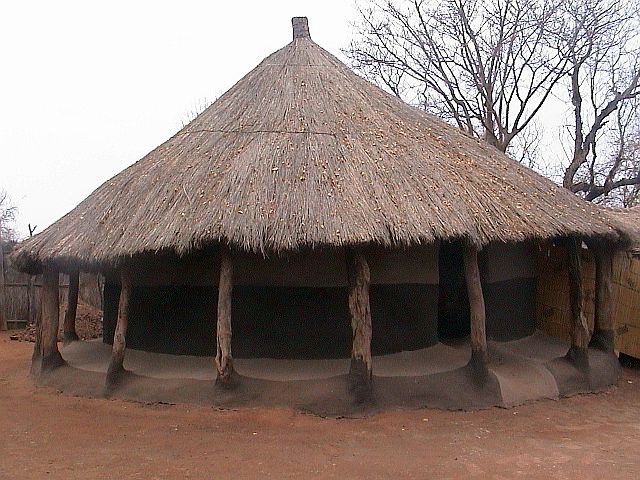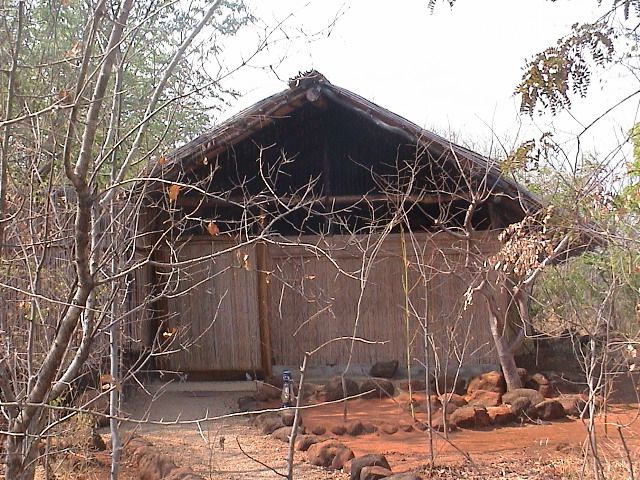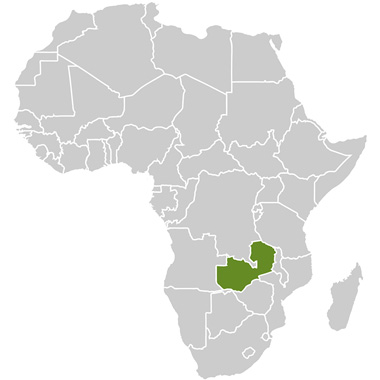Named after the famous Victorian missionary explorer, Dr David Livingstone, the town was established in 1905 as a major European settlement. It was made the capital of Northern Rhodesia in 1911 and enjoyed facilities far superior to anything in the rest of country, as can be seen from the surviving Edwardian colonial buildings that line the city’s main road. Livingstone even had the distinction of having the country’s first newspaper. Even though early settlers had established homes and businesses, it was not until the completion of the Livingstone Bridge in 1924 that the door was truly opened to colonisation. The bridge allowed access to Mulobezi, where large forests of hardwood could be found, which was in demand down south for construction. The capital was moved to Lusaka in 1935 and the bustling town soon became a quiet town that was a little neglected but nevertheless retained a special charm. The proximity to the Zambezi River and the Victoria Falls has led it to becoming a base for travellers from all over the world wanting to explore this seventh wonder of the world. The unstable political conditions in neighbouring Zimbabwe are also contributing to a revival of Livingstone in recent years. Both the Zambian and Zimbabwean sides of the Falls offer different views and it is recommended to experience both to be able to truly appreciate the entire waterfall.
The town of Livingstone is relatively small and is surrounded by several townships referred to as compounds. The main road Mosi-oa-Tunya is named after the Falls and most business activities are found here. Some parts of the town, with its beautiful colonial buildings, have been restored, while others are still in disrepair. Visit the first hotel in Livingstone, the North Western Hotel, just off the main road in the centre of town to see how dilapidated some of the buildings are. Also worth a visit is the Livingstone Golf Club next to the police barracks in town (ask a local to point the way). Founded in 1908, the golf club was one of the popular social gathering places in colonial times. The course is hardly operational now, but it is worth taking the time to have a drink in the clubhouse.
The tourist information office is situated in the main road next to the Livingstone Museum. Staff are friendly and helpful and will be able to provide brochures and travel advice on Livingstone and the surrounding areas.
Recent developments in Livingstone include two upmarket Sun International hotels, the Royal Livingstone and Zambezi Sun, and the Zambezi Waterfront. Both the hotels and the waterfront are ideal for having sundowners while watching the sun set on the banks of the mighty Zambezi. Make sure to visit the Rite Pub and Grill on Wednesday nights for live local entertainment. The Rite Pub and Grill is situated on the main road opposite Barclays Bank. Apart from this, Livingstone has various other restaurants catering for all tastes, including Indian and Chinese!
If you have a notebook that is wireless enabled and want to check your e-mail or surf the internet, go to the Wonderbake Bakery in the main road in town; they have a connection that is open to the public.
Livingstone is a good base from which to explore the surrounding areas and if you are interested in adventure activities, Livingstone has a myriad to choose from. Activities range from kayaking, bungi-jumping and abseiling to quad biking and microlight flights. If you are more interested in experiencing the culture of Zambia, visit the Songwe Craft Village or Makuni Village outside of town.







